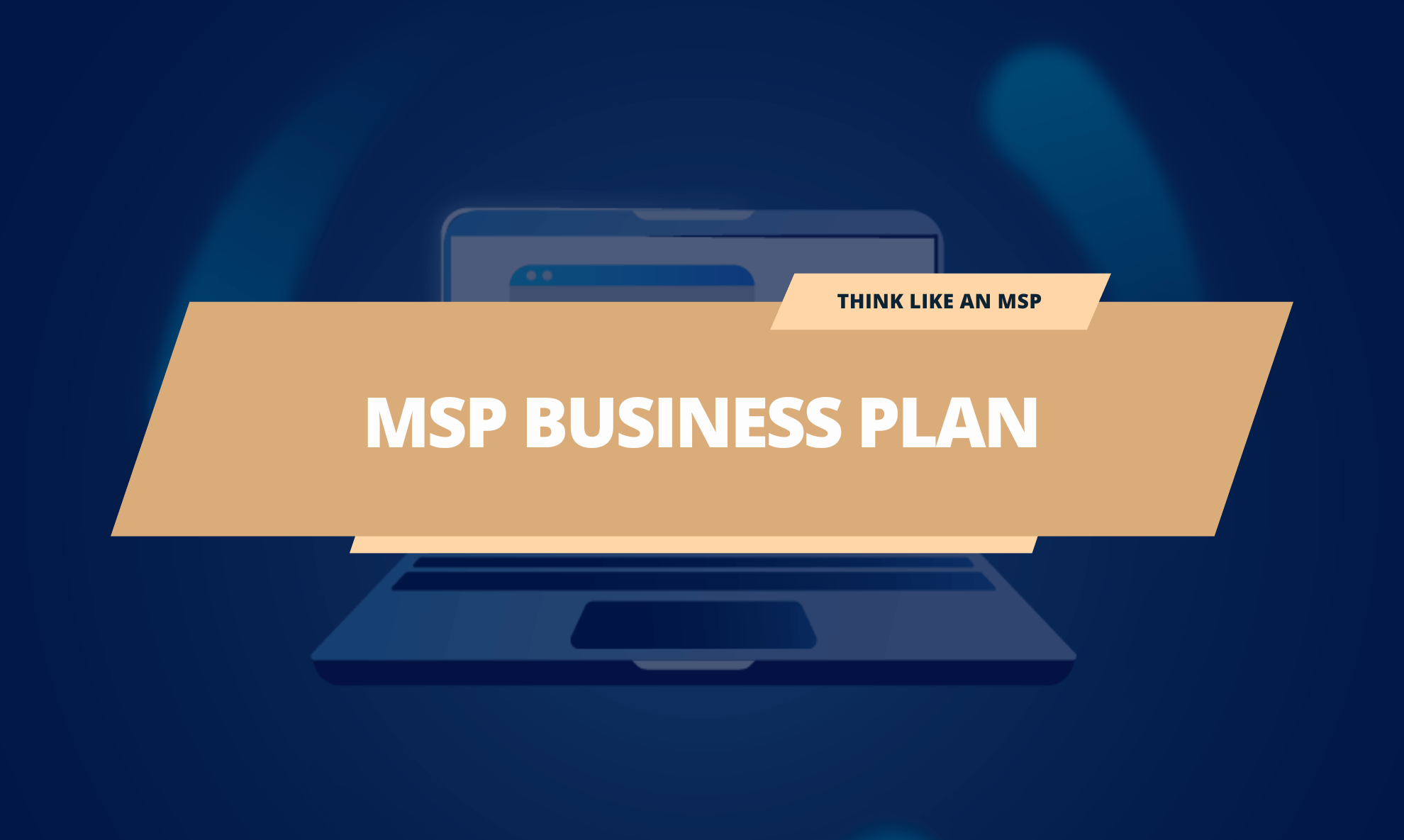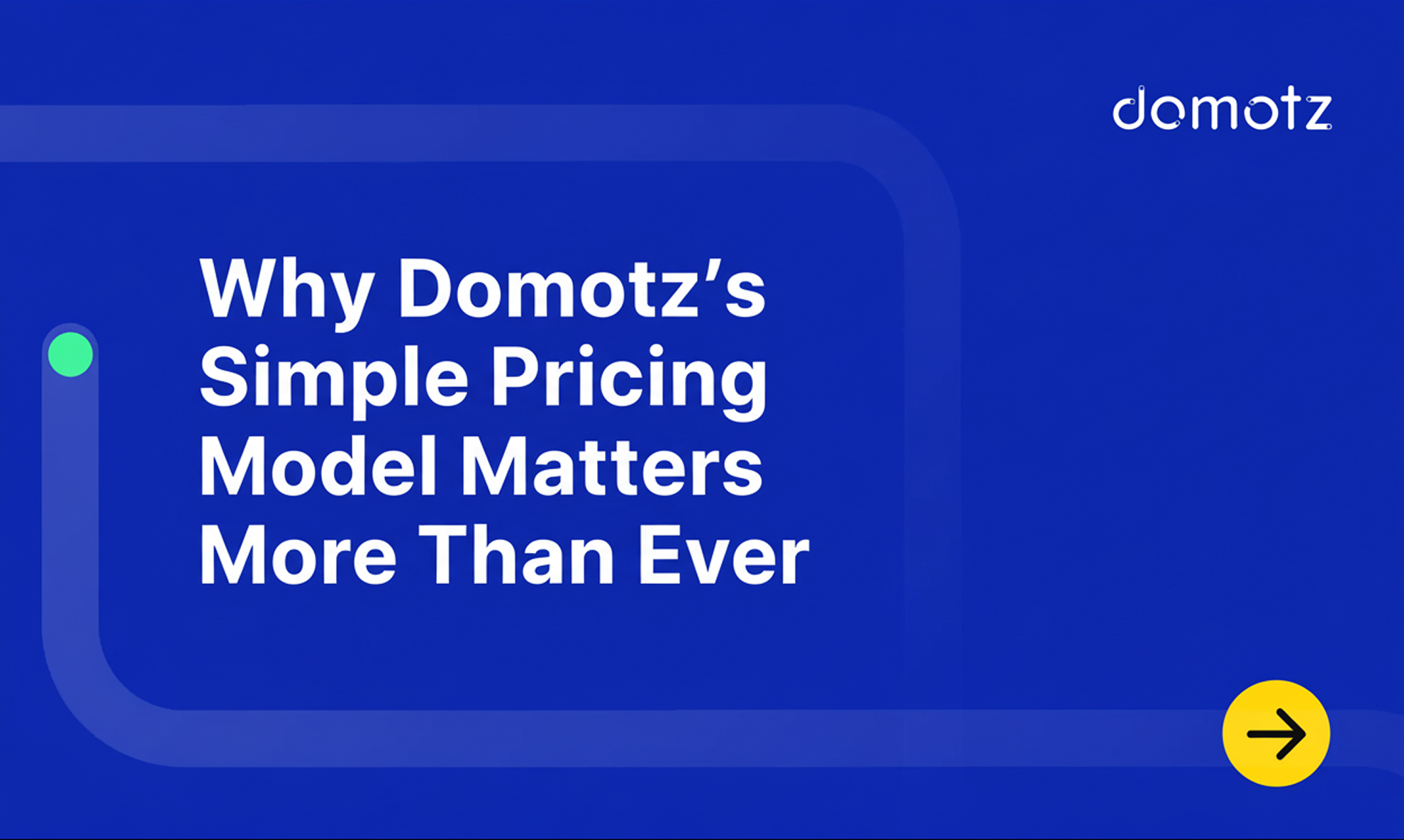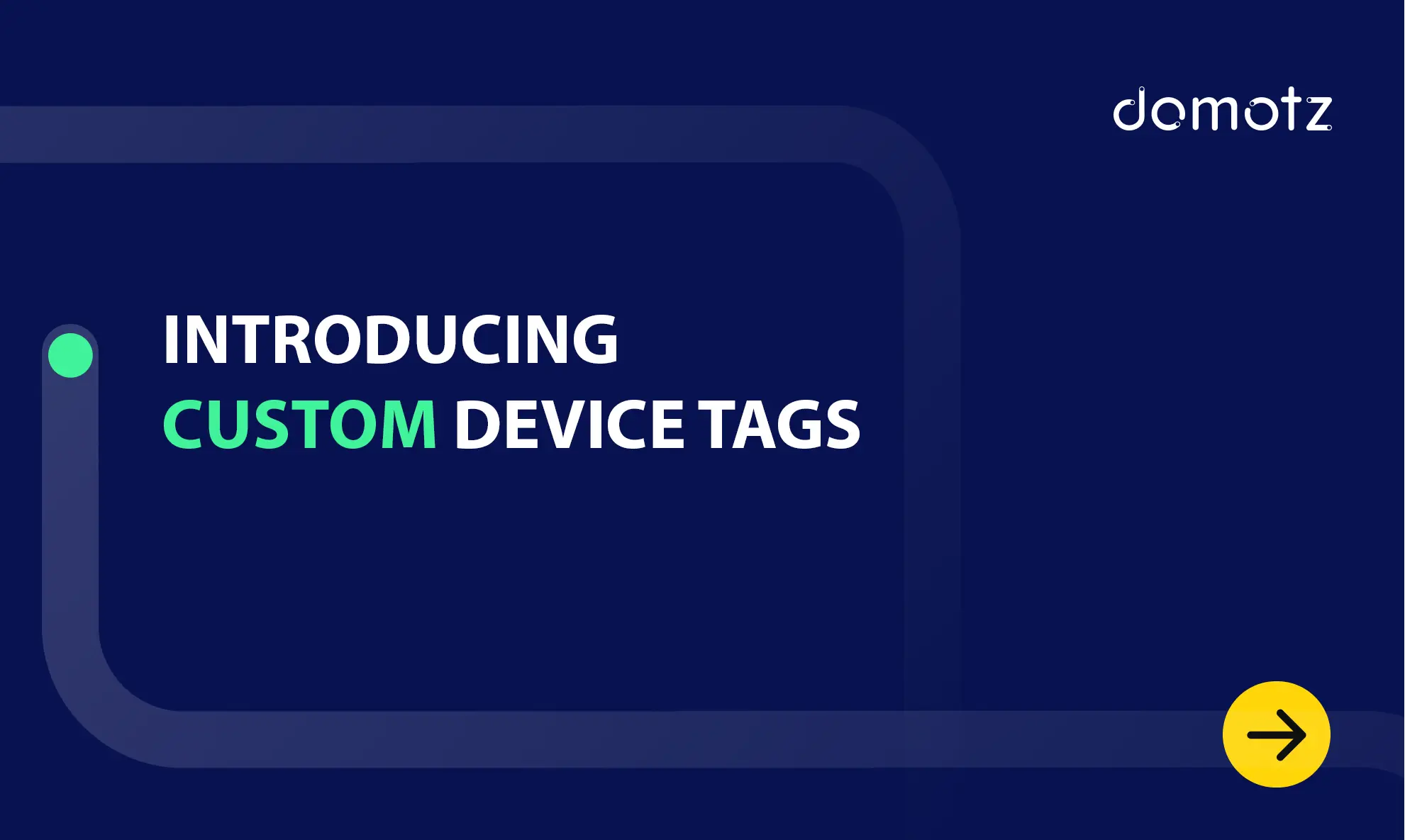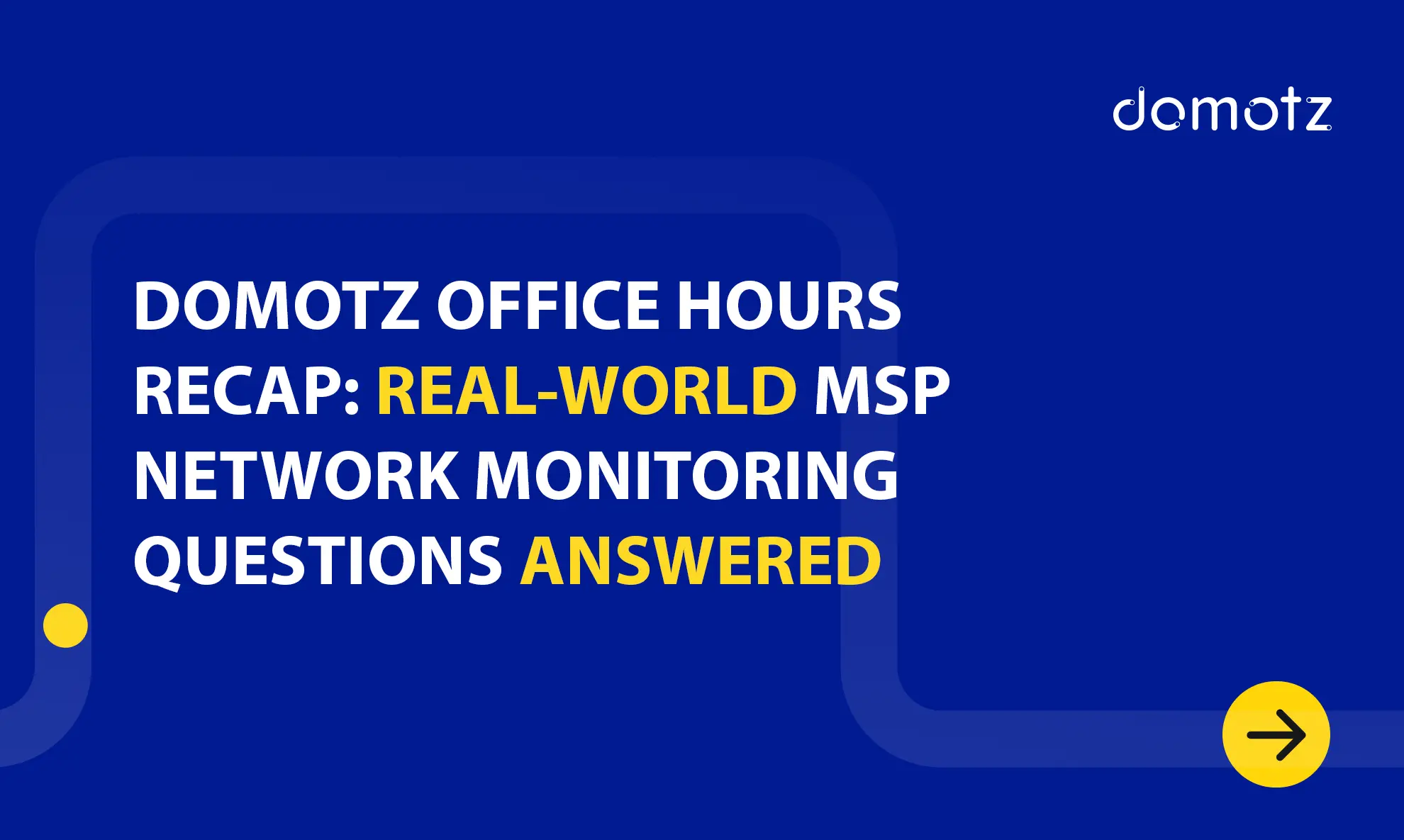In the ever-evolving world of managed services, crafting a robust and dynamic business plan is not just beneficial but essential for success. As a Managed Service Provider (MSP), your business plan is a strategic roadmap guiding your decisions and growth.
In this article, we’ll discuss the critical components of an effective MSP business plan, offering you a blueprint to navigate the complexities of the IT services industry and achieve sustainable growth.
Here are several points to consider as you begin shaping your MSP business plan:
Table of contents:
Take planning to the next level.
1) Re-evaluate Your MSP Business
To ensure sustained success, you should adopt a strategic approach to annual business re-evaluation. This process involves analyzing year-over-year performance data to identify trends, strengths, and areas for improvement.
Refine Your Target Audience
- Research: Conduct thorough market research to understand the demographics, needs, and preferences of your potential clients.
- Existing Client Analysis: Evaluate your current client base to identify common characteristics and trends.
- Persona Development: Create detailed personas representing your ideal customers. Include their industry, size, pain points, and what they value in an MSP.
Clarify Your Value Proposition
- Unique Offerings: Clearly articulate what sets your MSP apart from competitors.
- Client Benefits: Focus on how your services solve clients’ problems or improve their operations.
- Simplicity is Key: Ensure your value proposition is concise and easily understandable.
What’s more?
- Identify your minimum profitable contract.
- Outsource more to save money.
- Offer more pricing options to deliver the level of service clients need, without service capabilities your customers won’t use.
- Upsell and cross-sell.
Check out our blog to understand more about MSP profitability tips.
2) Set Measurable Goals
Setting measurable goals is vital in any business strategy, as it provides clear benchmarks for success and a roadmap for future growth.
- SMART Goals: Set Specific, Measurable, Achievable, Relevant, and Time-bound goals.
- KPI Tracking: Identify key performance indicators (KPIs) to track progress towards these goals.
- Regular Reviews: Schedule periodic reviews to assess goal progress and make necessary adjustments.
3) Develop a Lead Generation System
Every MSP today offers IT support, consulting, and competitive solutions.
If you’re already doing a great job at providing traditional monitoring and management services for endpoints and software, think about what’s next. What other services can your MSP offer, and how?
- Segment your customers: Segment your customers and take a look at your clients. Divide them into categories of businesses that are more recession-proof and less recession-proof. Offer solutions built around their needs.
- Diverse Tactics: Employ a mix of strategies like content marketing, SEO, and networking events.
- Lead Qualification: Develop a system to qualify leads to ensure they match your target audience.
- Automate: Determine what you need to standardize, automate or outsource.
- Tracking and Analysis: Use analytics to track the effectiveness of different lead generation methods.
- Look for new monetization opportunities: Start monetizing pieces of technology relevant to specific customers: remotely monitoring security cameras, IP phone systems, POS, access control systems, or unified communications monitoring. A key to success in monetizing new components of your MSP service is having cost-effective network monitoring software. A system like Domotz allows you to easily monitor and manage critical components of a customer’s network: firewalls, managed switches, wireless access points, and the gateways that these endpoints are sitting on, as well as their performances.
4) Utilize Efficient Tools
Explore the various MSP software options. Evaluate top tools in each category based on their features, pricing, and more to discover the ideal solutions that align with your business needs. You can consider some of these:
- Remote Monitoring and Management (RMM) Systems: An RMM software can assist you in gaining visibility into the health and status of your IT assets. Here is more on how to choose an RMM tool.
- Professional Services Automation (PSA) Software: Such tools keep you on track with goals and deadlines. It’s integral to cost-effective top-down project management.
- Network Management Tools: Consider a network monitoring system you can integrate with a PSA tool. Integrating with a PSA tool like Halo PSA, Freshservice, Datto Autotask, Syncro, ServiceNow, or ConnectWise PSA will provide your team with a solid workflow.
- Security Automation Tools: Choose the best security automation tools depending on your needs.
- CRM Systems: Implement customer relationship management software for better lead tracking and customer data management.
- Automation Tools: Use MSP automation tools to streamline repetitive tasks.
- Analytics: Leverage analytics tools to gain insights into customer behavior and campaign performance.
5) Develop your MSP Marketing Strategy
You probably neglect MSP marketing when jumping into a new planning phase. After all, it’s just easier to put your marketing efforts on hold and focus on the core business goals.
Are you ready to grow? Take a moment to consider three simple steps to help with your marketing strategy:
Know your numbers
Run your numbers. Create clear dashboards, and you know what your ratios are. There are plenty of companies and tools out there that will help you figure this out. Running your numbers and knowing them will already put you one step ahead.
While there are many tools available, it’s important to know how to use them and decide what to track. Whether you will track revenues and financial metrics or customer service and project organization performance, tracking MSPs’ KPIs is crucial for your business. The bottom line is when you run your business with numbers, you make better decisions that improve customer satisfaction.
Update your MSP website
If your website looks outdated, fix it. You don’t have to spend a lot of money doing this.
- Build a Strong Website: Make your website design easy to navigate. Use simple and clear messaging. Create up-to-date website content. If you want to improve your website, check out our blog post on MSPs website design tips.
- Think about communications: Could you add a blog, product reviews, or video content? Brainstorm how you can communicate better.
- Use social proof: Include testimonials and use logos/profile pictures from real customers.
- Start with Website Content Monitoring: It is no secret that having a well-performing website is a must. Start monitoring web performance or track unusual behavior. You can use website content monitoring to execute regular reports and analyses to discover where to focus website optimization efforts.
Implement a Multi-Channel Strategy
- Choose channels (e.g., email, social media, phone calls) that your target audience frequents.
- Consistent Messaging: Ensure your brand message is consistent across all channels.
- Feedback Loop: Incorporate feedback mechanisms to learn the most effective channels.
Personalize Your Outreach
- Customized Communication: Tailor your messaging based on the customer persona and their stage in the buyer’s journey.
- Relationship Building: Focus on building relationships rather than making immediate sales.
- Customer-Centric Approach: Prioritize understanding and addressing the specific needs of each prospect.
6) Incorporate your MSP Security Strategy into Your Business Plan
Cybersecurity should be somewhere on your MSP business plan. With a growing number of cyber threats, many MSPs recognize security as the most important service to implement, especially for their SMB customers. Check out more about global cybersecurity trends in this article.
Key Strategies for MSP Cybersecurity Implementation:
- Understanding the Risks: As your clients increasingly adopt cloud solutions, providing robust, layered security becomes essential. This approach not only safeguards your clients but also ensures remote employees maintain office-level security. Given the escalating demands of data-driven digital infrastructure, cybersecurity has become a pivotal focus for MSPs and their SMB clients, who are now prime targets for cyber attackers.
- Selecting Appropriate Cybersecurity Tools: Identify tools that effectively address threat analysis, compliance, penetration testing, cybersecurity training, and physical threat detection. The right toolkit is critical for securing your clients’ digital assets.
- Developing a Robust Cybersecurity Architecture: Construct a strong network security framework to shield your organization from cyber threats. Regularly evaluate and enhance your existing network security architecture. Tools like Domotz can be instrumental in strengthening network security and implementing CIS controls.
- Train Your Customers on Cybersecurity: The most powerful defense against cyber threats is the end users themselves. Empower your clients to be the first line of defense against cyber threats. Ensure that cybersecurity training is part of your services.
- Tailoring Your Approach: Assess your MSP’s capacity to manage these cybersecurity needs internally. Depending on your resources, outsourcing some or all cybersecurity responsibilities might be a strategic choice. Remember, in the MSP industry, security is a critical concern for everyone involved.
7) Deliver an Excellent Customer Experience
Customer experience is one of the most important elements in your MSP business. The reason is simple – when you focus on the customer experience, you reduce churn and increase revenues, improving your MSP lead generation strategy!
However, you may not be adequately tracking customer satisfaction and retention. Ultimately, you may be underestimating how the customer experience is impacting your business. If you aren’t looking at your options in the customer experience area as part of your business planning, there’s a good probability your competitor is already one step ahead.
MSP tips for developing a solid customer satisfaction strategy:
- Choose your Clients: Keep a manageable customer base to provide a high-quality service.
- Set Expectations: Be sure your service level agreement is complete. Customer satisfaction can help you differentiate your services, cross-sell, and prevent churn. Bundling and cross-selling services is a core driver of revenue growth. Ultimately, happy customers are more likely to purchase other services from you and recommend you to other businesses, friends, and colleagues.
- Collect Feedback: Collect regular feedback from your customers. Create a Slack channel, send surveys, send 1 to1 emails, and use social media.
- Consistent follow-ups: Develop a systematic process for following up with prospects at various stages. Most of all, keep follow-ups personalized and relevant to the prospect’s previous interactions with your MSP. Be persistent and patient. Understand that conversion might take time and requires persistent, value-driven follow-ups.
- Deal with bad customers: Take a closer look at your business and measure your clients in terms of time, effort, opportunities, and profits. If a customer is monopolizing your time, they’re preventing you from dealing with other clients who might help you grow your business. To explain more, if you analyze your efforts, you may find that about a third of your customers are taking up most of your time. If you can turn this around, you’ll start to make more profit.
Conclusion
In conclusion, a well-structured MSP business plan is the backbone of your business’s success. It provides clarity, direction, and a framework for making informed decisions. By focusing on your target audience, clarifying your value proposition, setting measurable goals, and employing effective lead generation and follow-up strategies, you position your MSP for growth and resilience in a competitive market. Remember, the business plan is a living document; revisit and revise it regularly to ensure it remains aligned with your evolving business goals and the changing market landscape. Embrace this plan as your roadmap to success and watch your MSP thrive.
Further reading:



